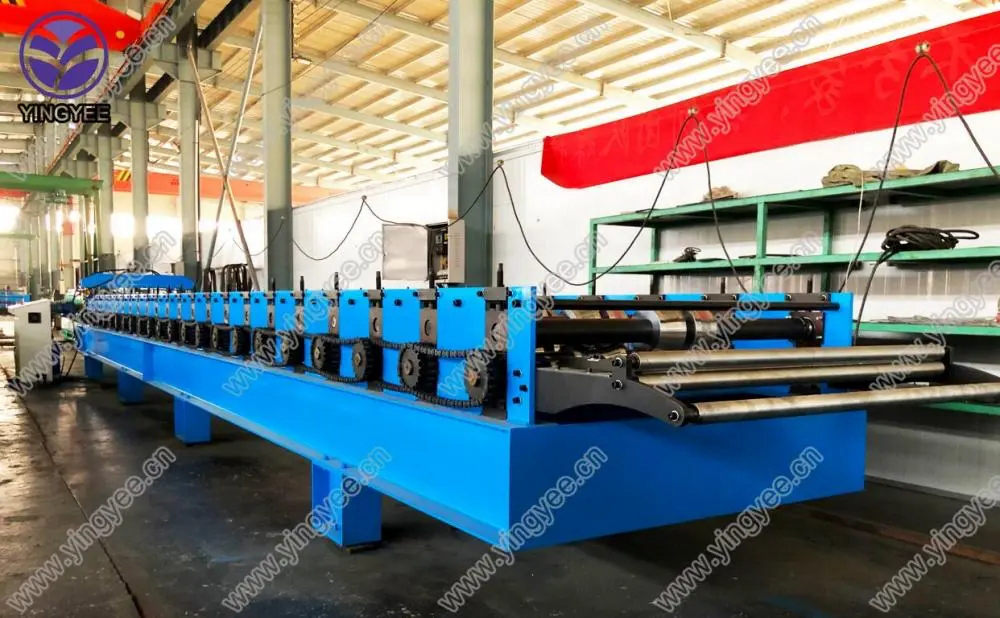
The Evolution of Brick Machine Technology
In the realm of construction, the significance of bricks is unparalleled. They serve as fundamental building blocks for structures worldwide. The process of making bricks has evolved over centuries, from manual labor to sophisticated machinery, leading to the advent of brick machines. These machines have revolutionized the brick-making industry, enhancing efficiency, precision, and production capacity.
Traditionally, brick-making was a labor-intensive process, requiring skilled artisans to shape and bake clay into bricks. The journey from raw clay to finished products involved multiple steps, including extraction, molding, drying, and firing. With the increased demand for bricks due to urbanization and population growth, manual methods soon became insufficient. This necessity for a more efficient production method paved the way for the introduction of brick machines.
Early brick machines were simple mechanical devices that automated certain stages of brick production. These machines significantly reduced the amount of skilled labor required and allowed for the mass production of bricks. One of the first innovations was the extruder, which would force a pliable mass of clay through a die to create a continuous strip of bricks. This strip could then be cut into individual bricks, rapidly increasing output. Over time, these machines became more advanced, incorporating hydraulic systems and electric motors, which improved their reliability and speed.
The modern brick machine is a marvel of engineering
. Today’s machines are capable of producing thousands of bricks per hour with minimal human intervention. They can handle various types of raw materials, including clay, shale, and even recycled materials, leading to more sustainable construction practices. Advanced models now utilize computer-controlled systems that ensure precision in brick size and weight, reducing waste and ensuring uniformity in production.
In addition to efficiency, modern brick machines also prioritize energy conservation. Traditional brick kilns required substantial amounts of fuel for firing bricks, leading to a high carbon footprint. However, newer technologies have introduced more energy-efficient drying and firing processes, such as tunnel kilns and Hoffmann kilns. These systems recycle heat and use alternative energy sources, significantly reducing emissions and energy costs.
Another notable development in brick machinery is the integration of automation and robotics. Automated brick-laying machines have emerged, which can lay bricks with incredible speed and precision. This technology not only streamlines construction processes but also addresses labor shortages in the construction industry, as these machines can operate continuously, working alongside human laborers.
The environmental impact of brick production is also a growing concern. The shift towards eco-friendly brick machines is notable. Some manufacturers have started producing bricks with waste materials, such as fly ash or industrial by-products, thus promoting recycling and reducing the demand for natural resources. These innovative practices not only minimize the ecological footprint of brick production but also contribute to a circular economy within the construction sector.
In conclusion, the evolution of brick machine technology has transformed the way bricks are produced and laid in construction. From enhancing efficiency and precision to reducing environmental impacts, brick machines have become indispensable in modern construction. As technology continues to advance, we can expect further innovations that will not only optimize brick production but also contribute to a more sustainable and eco-friendly building industry. The future holds great promise for the ongoing improvements in brick manufacturing, paving the way for a more resilient and sustainable built environment.